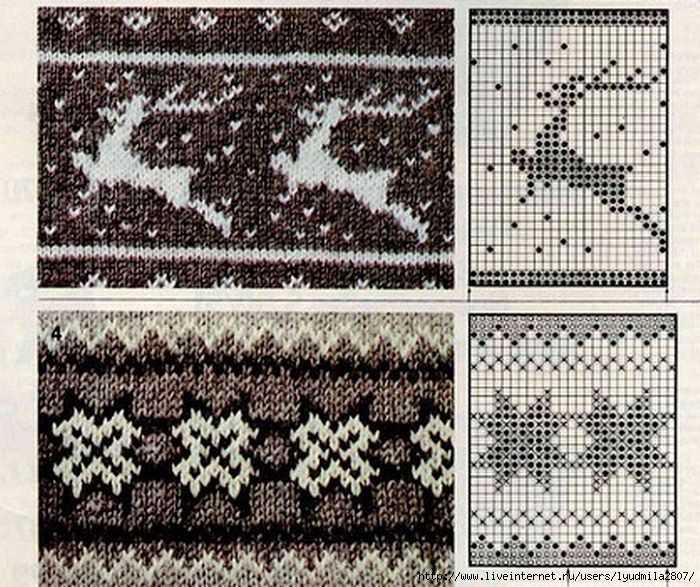
During World War 2, knitting became an important part of daily life for many women and men around the world. As soldiers went off to fight, their loved ones back home found solace and purpose in creating warm and practical items for the troops. Knitting patterns were distributed and shared, allowing people to contribute to the war effort in a meaningful way.
Knitting patterns for World War 2 focused on producing clothing and accessories that would keep soldiers warm and protected in the harsh conditions of the battlefield. These patterns often included instructions for making socks, gloves, scarves, and even sweaters. The patterns were designed to be easy to follow and adaptable to different yarns and sizes, allowing people of all skill levels to participate.
One popular knitting pattern during World War 2 was the “service sweater,” also known as the “wartime sweater” or “convalescent sweater.” This pattern was specifically designed for use in military hospitals, where wounded soldiers could benefit from the warmth and comfort of a handmade garment. These sweaters were often made using sturdy wool yarn and featured simple, ribbed designs to provide extra stretch and flexibility.
World War 2 Knitting Patterns
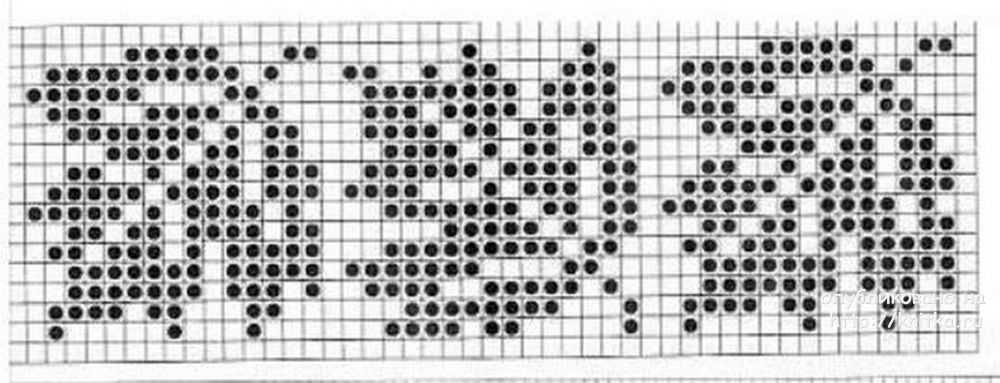
During World War 2, knitting played an important role in supporting the war effort. Knitting patterns were widely distributed, and many women and even children took up their needles to contribute to the war relief efforts. Knitting was not only a practical skill during this time but also a symbol of patriotism and unity.
Knitting for the Troops: One of the main uses for knitting during World War 2 was creating warm clothing for the troops. Knitted socks, scarves, hats, and gloves were in high demand to help soldiers stay warm in the harsh winter conditions. Knitting patterns specifically designed for military use were developed and distributed, ensuring that the items were practical and durable.
Knitting for the Home Front: Knitting was not only limited to supporting the troops, but it also played a vital role in providing for families on the home front. Knitters created garments for their loved ones, as well as for refugees and those in need. Women’s magazines and knitting pamphlets contained a variety of patterns for clothing, accessories, and household items.
Some popular World War 2 knitting patterns included:
- Sweaters and cardigans
- Socks and stockings
- Scarves and shawls
- Gloves and mittens
- Hats and berets
- Baby layettes
Knitters were encouraged to use economical yarns and to repurpose materials whenever possible due to wartime rationing. The creativity of knitters allowed them to adapt to the scarcity of resources and create beautiful and functional items.
Knitting during World War 2 was not only a practical activity but also a way for individuals to contribute to the war effort and show their support. It brought communities together and provided comfort and warmth in difficult times.
History of Knitting During World War 2

World War 2, which took place from 1939 to 1945, brought significant changes to many aspects of life, including the world of knitting. Knitting became a patriotic duty as women on the home front were encouraged to knit garments and accessories for soldiers and refugees. Knitting patterns specifically designed for the war effort were widely distributed, allowing individuals to contribute to the war in a tangible way.
Knitting for the Troops: Knitting played a vital role in supporting the troops during World War 2. Sweaters, socks, scarves, and mittens were some of the most commonly knitted items. These handmade pieces provided comfort and warmth to soldiers stationed in cold and harsh environments. Knitters often used practical and durable materials such as wool to ensure the longevity of the garments.
Creating Identity: Knitting also became a way to create a sense of identity and unity during the war. Knitting circles and groups were formed, where women would gather to knit together and share patterns and techniques. These gatherings fostered a sense of camaraderie and allowed women to connect with each other while contributing to the war effort. It also provided an opportunity for women to express their creativity and individuality through their knitting projects.
The demand for knitting patterns during World War 2 led to the creation of a wide range of designs. Popular patterns included camouflage-inspired sweaters and socks, as well as items decorated with patriotic motifs such as flags and military symbols. Some patterns even included instructions for knitting for specific military units, adding a personalized touch to the garments.
Knitting for Propaganda: Knitting patterns were also used as a form of propaganda during the war. Patterns featuring designs inspired by war themes were created to promote patriotism and boost morale. These patterns often included motifs such as airplanes, tanks, and victory symbols.
In conclusion, knitting during World War 2 became more than just a hobby or a way to keep warm. It became a means of supporting the troops, fostering unity, and promoting patriotism. The popularity of knitting patterns during this time highlights the importance of handmade items in times of struggle and the resourcefulness of individuals to contribute to the war effort in any way they could.
Popular Knitting Patterns for Soldiers

In World War II, knitting played a crucial role in supporting the troops on the front lines. Knitting patterns were distributed among women and volunteers who eagerly worked on creating warm and comfortable items for soldiers. These patterns were specifically designed to meet the needs and conditions of the battlefield, ensuring that soldiers were provided with essential garments to survive the harsh realities of war.
Helmet Liners: One of the most popular knitting patterns for soldiers were helmet liners. These liners were knitted using wool or acrylic yarn to provide warmth and insulation to soldiers’ heads. They were designed to fit snugly inside helmets, protecting soldiers from the cold and providing additional comfort during long hours of duty. Helmet liners were often made in a simple ribbed pattern, allowing for flexibility and stretch.
Socks: Another essential item that soldiers needed on the battlefield were socks. Knitted socks were highly valued for their ability to keep feet warm and dry in the cold and damp conditions of trenches. Soldiers relied on these knitted socks to prevent blisters and frostbite, ensuring their feet remained in good health. Knitting patterns for socks often included reinforced heels and toes for added durability.
Mittens: Knitted mittens were also popular among soldiers as they provided warmth and dexterity. Soldiers needed mittens that allowed them to handle weapons and equipment without compromising their hand movements. Knitting patterns for mittens often included a flip-top design, allowing soldiers to easily expose their fingers when needed for precise tasks, while still keeping the majority of their hands covered and warm.
Scarves and Neck Warmers: Scarves and neck warmers were another popular item knitted for soldiers. These accessories provided extra protection from the cold and kept soldiers’ necks and chests warm. Knitting patterns for scarves and neck warmers varied, with some featuring intricate cable or lace patterns, while others were simple and utilitarian.
Women’s Knitting Patterns for the War Effort
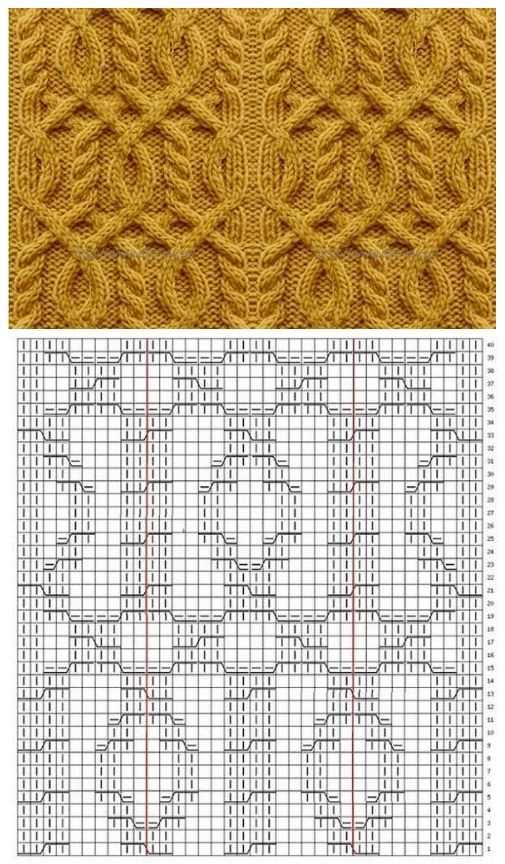
The Second World War brought about significant changes in the lives of women all over the world. As men were called to serve in the armed forces, women were left to take on new roles and responsibilities. One of the ways in which women supported the war effort was through knitting. They would knit essential items for soldiers, such as socks, scarves, gloves, and even sweaters. Knitting became not only a practical skill but also a way for women to show their patriotism and support for the troops.
Knitting patterns for the war effort
Several organizations and publications provided knitting patterns specifically designed for the war effort. These patterns were often featured in women’s magazines and were easily accessible to women at home. The patterns were simple and practical, as they needed to be easily replicable by women of all skill levels. The most popular patterns included basic sock patterns, hat patterns, and glove patterns. These items were in high demand to keep soldiers warm in the harsh conditions of war.
- Sock patterns: Socks were perhaps the most requested item by soldiers. Knitting patterns for socks included detailed instructions on sizing, stitch counts, and yarn choices. They were designed to be sturdy and comfortable, as soldiers would be wearing them for long periods of time.
- Hat patterns: Knitted hats provided much-needed warmth and protection for soldiers. The patterns for hats often featured different stitch patterns and brim options. Women could choose from a variety of patterns depending on the soldier’s preferences and the climate they would be deployed in.
- Glove patterns: Gloves were another essential item for soldiers, especially during the winter months. Knitted glove patterns included instructions on finger shaping and cuff length. These patterns allowed women to provide soldiers with handmade gloves that would keep their hands warm while offering them the dexterity they needed.
Knitting for the war effort not only provided soldiers with essential items but also gave women a sense of purpose and camaraderie during these challenging times. It allowed them to contribute to the war effort from their homes and make a tangible difference. Women’s knitting patterns for the war effort reflected their dedication and resourcefulness, as they created practical and well-crafted items for the brave men fighting on the front lines.
Children’s Knitting Patterns During World War 2
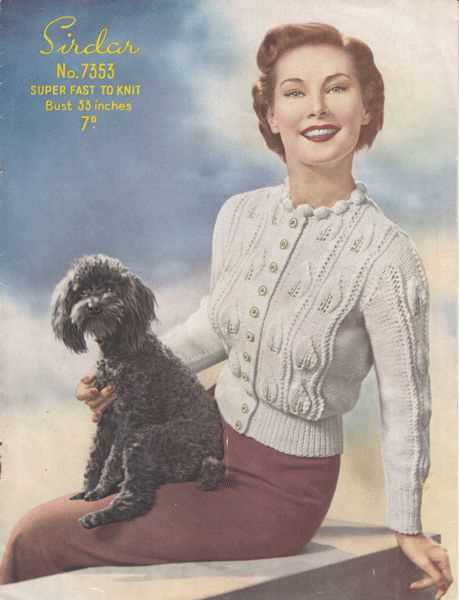
During World War 2, knitting played an important role in the lives of children. With many resources and supplies being rationed, knitting became a practical and useful skill for children to learn. Knitting patterns specifically designed for children were created to help them contribute to the war effort and provide warmth and comfort during a difficult time.
Simple Patterns for Beginners: Knitting patterns for children during World War 2 often focused on simplicity, as many children were just starting to learn the craft. Basic patterns for hats, scarves, and mittens were popular, as these items were needed to keep children warm during the cold wartime winters. These patterns typically used simple stitches and required minimal shaping, making them accessible for young knitters.
Patterns for War Effort: In addition to basic clothing items, knitting patterns were also created to support the war effort. Children were encouraged to knit squares that could be sewn together to create blankets for soldiers or refugees. These patterns often featured simple square or rectangle shapes, allowing children to easily contribute to the cause. Some patterns even incorporated patriotic designs or symbols to boost morale and show support for the war effort.
Community and Connection: Knitting during World War 2 not only provided practical items and support, but it also fostered a sense of community and connection among children. Knitting circles and clubs were formed, where children could come together to share patterns, tips, and stories. These gatherings provided a sense of camaraderie and allowed children to feel like they were making a difference, even at a young age.
- In conclusion, children’s knitting patterns during World War 2 served multiple purposes. They provided warmth and comfort, supported the war effort, and fostered a sense of community among young knitters. These patterns and the skills they taught helped children contribute to the war effort in a meaningful way, while also teaching them a practical skill that would serve them well throughout their lives.
Knitting Patterns for Military Uniform Accessories
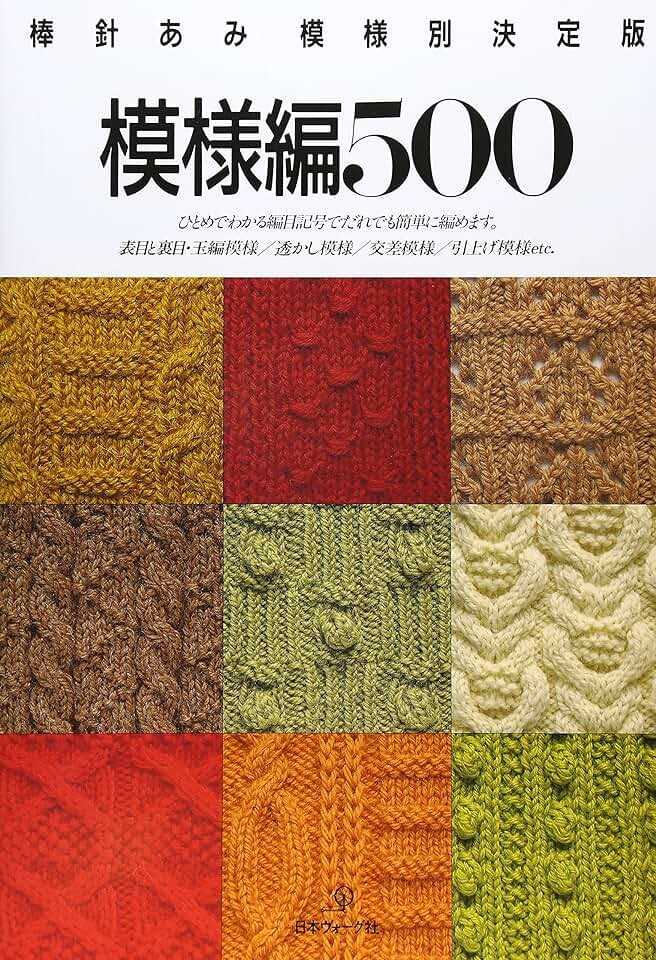
During World War II, knitting was not only a popular hobby but also an important way for women to support the war effort. Women would often knit socks, gloves, hats, and other accessories for soldiers serving on the frontlines. These knitted items not only provided warmth and comfort to the soldiers but also helped to boost their morale.
Knitting patterns for military uniform accessories were widely available during this time. These patterns would often include instructions for knitting items such as helmet liners, balaclavas, mittens, and scarves. The patterns were designed to be practical and durable, using sturdy yarns and techniques that would withstand the harsh conditions of war. Many of these patterns were also meant to be quick and easy to knit, as they needed to be produced in large quantities.
One popular knitting pattern for military uniform accessories was the “Service Sweaters for Men” pattern. This pattern provided instructions for knitting a warm and sturdy sweater that could be worn under a soldier’s uniform. The pattern included details on the type of yarn to use, as well as the gauge and needle size needed to achieve the correct fit.
Another popular knitting pattern for military uniform accessories was the “Wristlets and Gauntlets” pattern. Wristlets were fingerless gloves that soldiers could wear to keep their hands warm while still allowing them to handle their weapons. Gauntlets, on the other hand, were longer gloves that provided more protection and coverage. The pattern included instructions for knitting both wristlets and gauntlets in different sizes.
Knitting patterns for military uniform accessories played an important role during World War II, providing much-needed warmth and comfort to soldiers on the frontlines. These patterns offered women a way to contribute to the war effort and show their support for the troops. Today, these patterns serve as a reminder of the important role that knitting played during this time and continue to be cherished by knitting enthusiasts and collectors.
Knitting Patterns for Military Field Gear
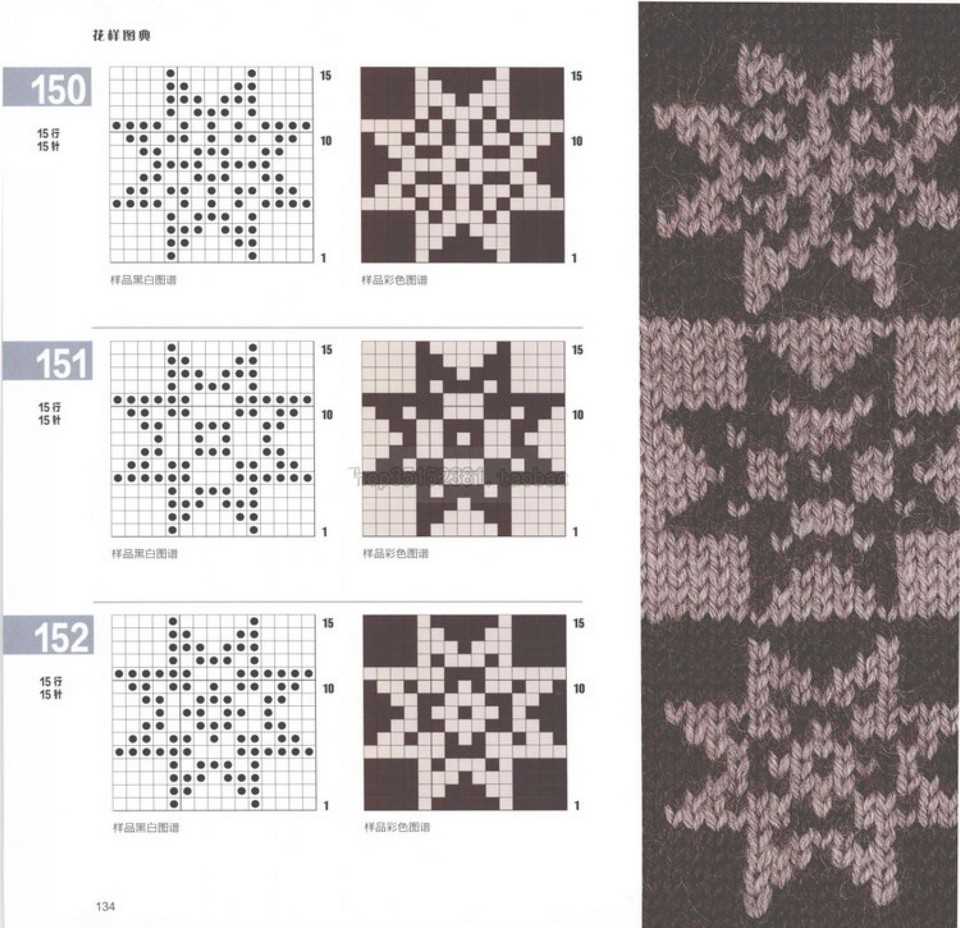
The Second World War was a time of immense sacrifice and resourcefulness, and knitting played a crucial role in supporting the military effort. Knitting patterns for military field gear became popular and were widely shared among women on the home front. These patterns enabled them to knit essential items such as socks, mittens, scarves, and even sweaters for soldiers serving in various theaters of war.
Socks: Knitted socks were vital for soldiers who spent long hours on their feet, often in harsh conditions. Patterns for sturdy, warm socks were in high demand, and women worked diligently to produce enough pairs to keep their loved ones comfortable. These socks were often made with wool or other warm fibers and featured reinforced heels and toes to withstand the rigors of military life.
Mittens: In cold weather, keeping hands warm was a priority. Knitted mittens provided protection from the biting cold and allowed soldiers to have dexterity while performing their duties. Patterns for convertible mittens, which could be folded back to expose the fingers when needed, were especially popular.
Scarves: Scarves were not only a fashion accessory but also served a practical purpose in the military. They helped protect soldiers’ necks from cold winds and provided added warmth and comfort. Knitted scarf patterns ranged from simple rib-knit designs to more intricate lace or cable patterns.
Sweaters: Knitted sweaters were prized possessions for soldiers in the field. They offered warmth and insulation in cold climates and provided a sense of comfort and familiarity. Sweater patterns varied, with some featuring intricate patterns or motifs, while others had a more utilitarian design. The love and care put into knitting these sweaters made them cherished items for soldiers.
Overall, knitting patterns for military field gear played a significant role in supporting the troops during World War II. They allowed women on the home front to contribute to the war effort by providing essential items for their loved ones serving overseas. Today, these patterns serve as a reminder of the resourcefulness and creativity of individuals during wartime.
Knitting Patterns for War-Time Scarves and Hats
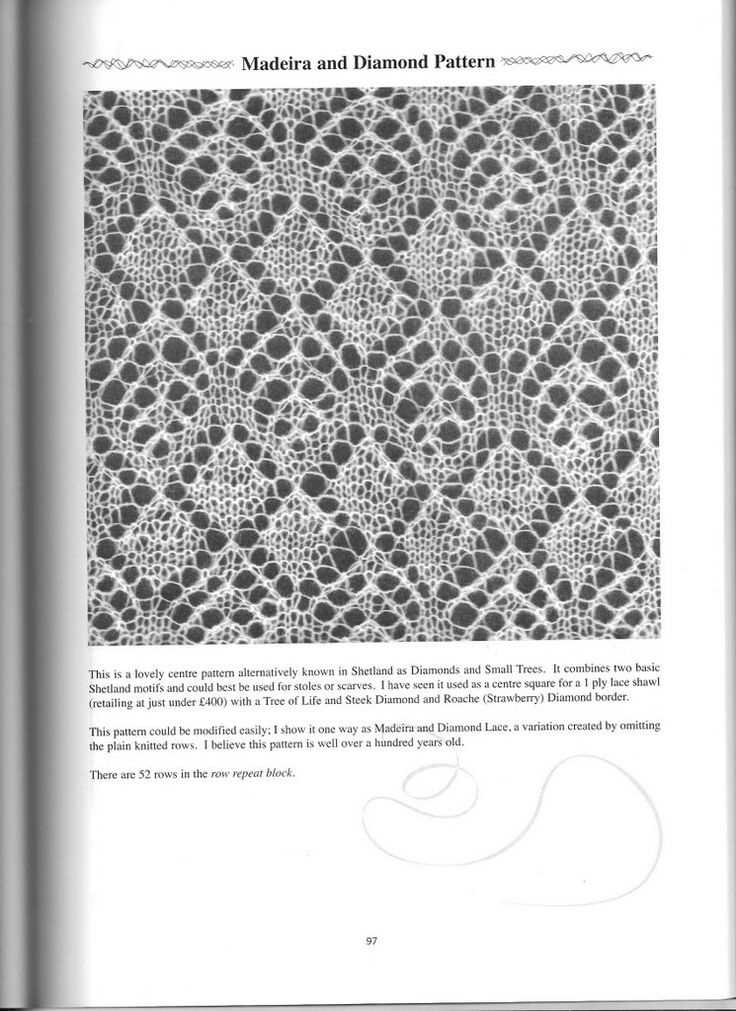
During World War II, knitting became an important way for women to contribute to the war effort. Knitting circles and groups were formed, and women would gather to knit items that could be sent to soldiers on the front lines. Scarves and hats were among the most popular items to knit, as they provided much-needed warmth and comfort to the soldiers in the harsh conditions of war.
Knitting patterns for war-time scarves and hats were designed to be practical and durable. Wool was the preferred yarn, as it was warm and could retain heat even when wet. The patterns often featured simple, utilitarian designs, with minimal embellishments and decorations. Functionality was key, as the scarves and hats needed to protect the soldiers against the cold weather.
Scarves

- Garter Stitch Scarf: This pattern is perfect for beginners, as it involves knitting every row. The garter stitch creates a thick and dense fabric that provides excellent insulation.
- Ribbed Scarf: The ribbed stitch pattern adds stretchiness and texture to the scarf. It is ideal for colder climates, as it helps trap heat and block out the wind.
- Seed Stitch Scarf: The seed stitch creates a unique texture that is both warm and visually appealing. This pattern is great for adding variety to your scarf collection.
Hats

- Beanie Hat: The beanie hat is a classic design that fits snugly on the head and covers the ears. It can be worn alone or under a helmet for additional warmth.
- Watch Cap: The watch cap is a taller hat, often with a folded brim, that provides extra coverage for the forehead and neck. It is a popular choice among soldiers for its practicality.
- Balaclava: The balaclava is a versatile hat that covers the entire head, leaving only the face exposed. It offers maximum protection against the elements and is commonly used in extreme weather conditions.
These knitting patterns not only provided warm and practical accessories for soldiers during World War II, but they also played a significant role in boosting morale and reminding soldiers of the care and support they had back home. Knitting became a symbol of unity and solidarity, as women across the world came together to knit for their loved ones serving in the war.
Knitting Patterns for War-Time Socks and Mittens

During World War II, knitting became an essential activity for many women on the home front. Knitting patterns for war-time socks and mittens were in high demand as they provided much-needed warmth and comfort to soldiers serving in the harsh conditions of war. These patterns were created with durability and practicality in mind, ensuring that the knitted items would withstand the rigors of military life.
Socks: War-time sock patterns often emphasized the use of sturdy, thick yarns to provide maximum insulation. The patterns included instructions for reinforced heels and toes, as these areas were prone to wearing out quickly. Knitters were encouraged to choose dark colors for the socks, as they would hide dirt and stains better, and were also less likely to attract attention.
Mittens: Mittens were another essential item for soldiers, providing protection and warmth for their hands in cold weather. War-time mitten patterns typically featured a longer cuff to ensure coverage and prevent drafts. The patterns often included instructions for ribbed cuffs, which helped the mittens stay in place and provide a snug fit. Like the sock patterns, mittens were also made with durable yarns and darker colors for practicality.
- Use sturdy, thick yarns for maximum insulation.
- Reinforce heels and toes for added durability.
- Choose dark colors to hide dirt and stains.
- Include longer cuffs for better coverage and warmth.
- Add ribbed cuffs for a snug fit.
Knitting patterns for war-time socks and mittens played a crucial role in supporting the troops and providing comfort during World War II. They allowed women on the home front to contribute to the war effort while also showcasing their knitting skills. These patterns continue to be appreciated today for their historical significance and practicality.
Social Impact of Knitting During World War 2
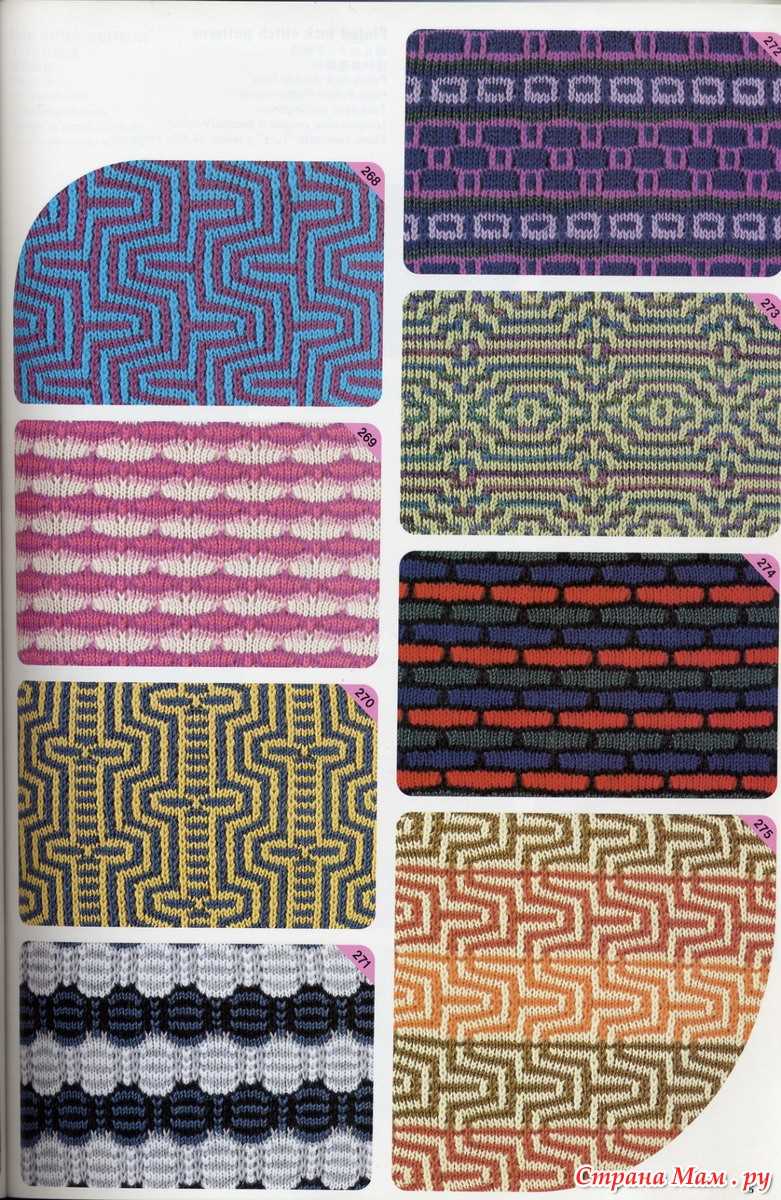
During World War 2, knitting played a significant role in society, both for the individuals involved and for the larger community. Knitting became a symbol of patriotism and support for the troops, as women on the home front dedicated their time and skills to create essential items for soldiers.
Empowerment of Women: Knitting during World War 2 provided women with a sense of purpose and empowerment. As the men were away at war, women took on new responsibilities, including knitting for the troops. Knitting allowed them to actively contribute to the war effort and gave them a way to express their support and love for the soldiers fighting overseas.
Community Bonding: Knitting also brought communities together during this time of crisis. Knitting circles and groups formed, where women would gather to knit and exchange patterns, tips, and stories. These groups provided emotional support and a sense of camaraderie, allowing women to connect and share their experiences. Knitting became a way to foster unity and solidarity within the community.
Knitting was not only a practical skill but also a form of therapy. It provided a way for individuals to cope with the stress and uncertainty of war. The rhythmic motion of knitting and the focus it required allowed individuals to relax and find solace amidst the chaos. Knitting became a form of self-care and an avenue for stress relief.
Support for Soldiers: Knitted items such as socks, hats, and scarves were not only practical but also held sentimental value. The handmade nature of these items provided soldiers with a sense of comfort and connection to home. For the soldiers on the front lines, receiving a knitted item was a reminder that they were not alone and that people back home cared for them.
In conclusion, knitting during World War 2 had a profound social impact. It empowered women, fostered community bonding, provided therapy, and offered support to soldiers. Knitting became a symbol of resilience, unity, and love during a time of great turmoil and uncertainty.
Revival of World War 2 Knitting Patterns

World War 2 was a time of great hardship and sacrifice, and one way that people contributed to the war effort was through knitting. Knitting circles would gather to create warm garments and accessories for soldiers on the front lines. These knitting patterns became symbols of support and solidarity, and many women took great pride in their ability to contribute to the war effort in this way.
Today, there is a growing interest in reviving these World War 2 knitting patterns. Knitters and historians alike are discovering the rich history behind these patterns and the stories they tell. By recreating these patterns, we can honor the women who worked tirelessly to support their loved ones and show our appreciation for their efforts.
The revival of World War 2 knitting patterns has also become a way to connect with the past and learn more about the experiences of women during that time. As we knit these patterns, we can imagine ourselves in their shoes, sitting by the radio and anxiously awaiting news of their loved ones. It is a way to honor their bravery and resilience and ensure that their stories are remembered.
There are many resources available for those interested in exploring World War 2 knitting patterns. Online archives and books offer a wealth of information and patterns to choose from. Knitting clubs and groups often host workshops and classes dedicated to reviving these patterns, providing a space for knitters to come together and share their knowledge and passion.
Reviving World War 2 knitting patterns is not just about creating beautiful garments and accessories, but also about preserving history and paying tribute to the women who played an integral role in the war effort. Through our knitting, we can keep their stories alive and ensure that their contributions are never forgotten.
Tips for Knitting World War 2-Inspired Patterns Today
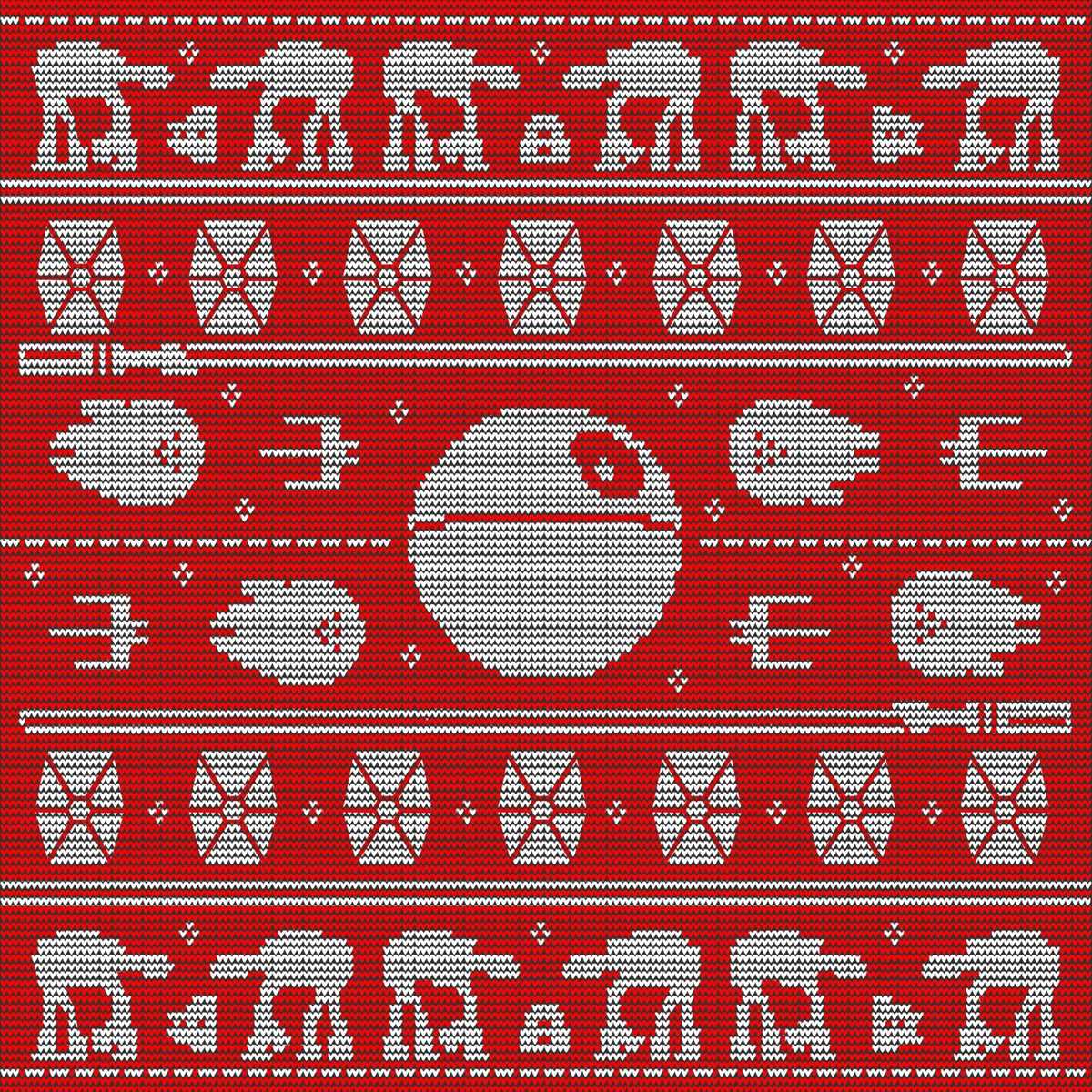
Knitting World War 2-inspired patterns today can be a rewarding and nostalgic experience. Whether you want to recreate the fashion of that era or pay tribute to the resilience and resourcefulness of the people who lived through those times, here are some tips to help you in your knitting journey:
- Research and choose authentic patterns: Look for knitting patterns from the World War 2 era to really capture the spirit of the time. There are many resources available online and in vintage knitting books. Choose patterns for garments, accessories, and even home decor items that were commonly made during that period.
- Use appropriate yarn: Opt for yarn types that were popular during World War 2, such as wool or acrylic blends. These yarns were commonly used due to their durability and affordability. You can also consider using vintage or vintage-inspired yarns to add an authentic touch to your project.
- Pay attention to gauge: Gauge is crucial to ensure that your finished project turns out the right size and shape. Take time to swatch and measure your gauge before starting. This will help you make any necessary adjustments to your knitting tension or needle size.
- Embrace the details: World War 2-inspired knitting patterns often feature intricate stitch work, cabling, or colorwork. Pay attention to these details to truly capture the essence of the era. Take your time with each stitch and enjoy the process of recreating historical designs.
- Personalize your project: While it’s great to recreate historical patterns, don’t be afraid to add your own personal touch. Consider incorporating modern elements or modifying the pattern to suit your preferences. This will make your finished project unique and reflective of your own style and creativity.
Knitting World War 2-inspired patterns can transport you back in time and allow you to connect with the past. It’s a way to honor the men and women who lived through those challenging times and celebrate their strength and resilience. So, pick up your knitting needles and embark on a meaningful journey into history!